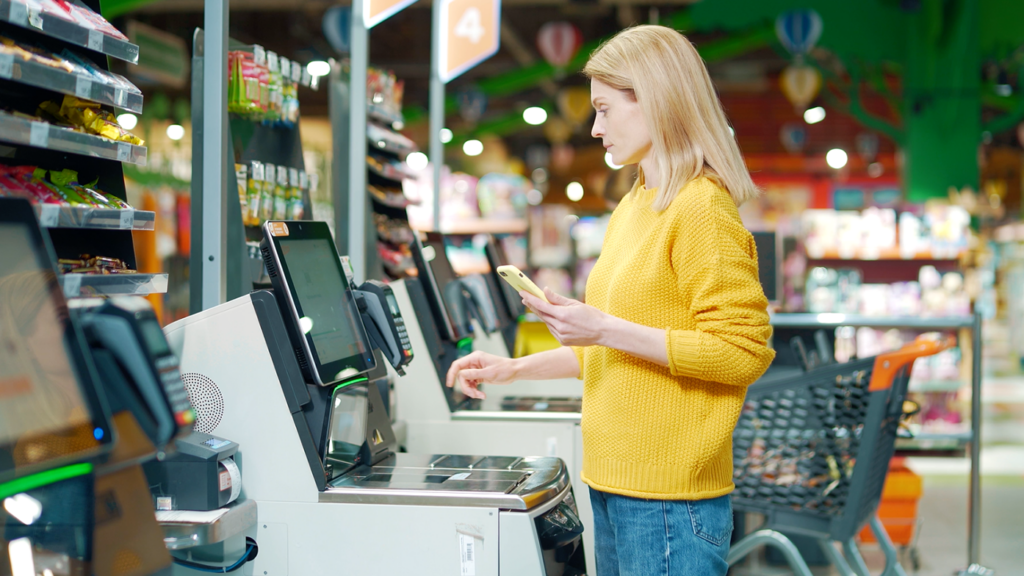Retailers have offered services like BOPIS, self-checkout, and loyalty rewards for free to enhance the shopping experience. A potential shift in this model could involve charging customers a subscription fee to access these benefits.
A Fast-Track to Consumer Loyalty
A members-only subscription model can significantly boost consumer loyalty in retail by offering exclusive perks and benefits, such as early access to new products, limited edition items, or special sales that create exclusivity and urgency. By collecting detailed customer data, retailers can take personal shopping to a new level with recommendations and product offerings.
“I am a big believer that retailers that offer member-only subscriptions would be a great value-add for consumers. From a brand perspective, this has the potential to streamline the relationship between the brand and consumer, creating a communications channel for brands to target their most loyal consumer,” shares Reilly Newman, brand strategist for Motif Brands. “For the initiative to be successful, retailers will need to focus on the long-term LTV (lifetime value) its subscription model offers shoppers.”
Members-only subscriptions can foster deep customer loyalty by offering exclusive perks and a strong sense of community. For omnichannel retailers like Target and Walmart, a Retail FastPass could drive in-store traffic and increase dwell time, boosting sales. To make membership worthwhile, these programs must provide compelling benefits that resonate with their core audience. Target has launched its Circle 360 initiative, a paid membership program that mirrors Prime benefits by adding a liberal return policy for subscription holders. Consumers consider extended return deadlines the most critical factor in building loyalty to a retailer, which will likely contribute to subscription enrollment. In fact, with the total returns rate as a percentage of retail sales for 2023 at 14.5%, offering flexible return options can significantly impact customer retention and satisfaction.
“Consumers pay for convenience. If you’re making their lives easier and saving them time, they don’t mind spending a bit extra,” shares Gianluca Ferruggia, General Manager and Managing Director of DesignRush, a B2B marketplace that connects businesses with agencies. “It’s about building value first, then capturing it.”
The Self-Checkout Debate
Self-checkout surged in popularity between 2018 and 2021. The apparel brand Uniqlo’s self-checkout system offers consumers the most convenience. Their self-checkout system uses an RFID-enabled bin to count and process items automatically. Consumers love the ease with which the kiosk contributes to their shopping experience, with the Wall Street Journal reporting its use by 70% of Uniqlo’s customers. Uniqlo’s Chief Information Officer, Takahiro Tambara, has stated that implementing RFID chips was an attempt to unify its supply chain solutions, and the automated checkout process was simply a bonus.
The retail landscape is shifting. Self-checkout is under scrutiny as costs rise and store traffic wanes. With implementation costs averaging $25K-$35K per kiosk, some retailers are considering removal. Others, like Target and Walmart, explore exclusive self-checkout for paid subscribers. To counteract declining foot traffic (0.97% for Target,3.87% for Walmart in 2023), retailers focus on enhancing in-store experiences to rival online shopping. Target’s response involves enhancing its physical stores to create an immersive, engaging environment that offers unparalleled value and discovery, ultimately enticing customers to prioritize in-person shopping.
So what’s next?
Retailers increasingly use AI and general automation to enhance the in-store shopping experience — part of a broader strategy to provide consistent customer service across online and physical stores. Some retailers have proactively invested in AI technology for in-store enhancements, from monitoring self-checkout lanes at Home Depot to Instacart launching smart shopping carts with its grocery partners.
AI can significantly enhance the in-store experience for paid subscribers by offering priority services, such as expedited checkout and dedicated assistance. Additionally, AI can optimize inventory by predicting product demand, preventing stockouts, and providing valuable customer insights through data analysis, enabling retailers to tailor offerings and experiences to individual preferences.

 Anjee Solanki
Anjee Solanki



 Aaron Jodka
Aaron Jodka